Do you ever find yourself thinking, “There’s so much I want for my kids…
to be happy,
do well in school,
have friends,
be resilient.
But where do I start? What are the most important things to focus on?”
When kids are struggling (with bedtime, homework, playing with others, etc.) and act out or meltdown, it’s called a “No Brain” response.
But it doesn’t have to be that way!
What Dr. Daniel Siegel and Dr. Tina Payne Bryson, talk about in their new book is how to help kids develop a “Yes Brain”. A “Yes Brain” helps kids be open, curious, and say “yes” to the world even during difficult times.
If kids have a “Yes Brain”, they are more creative, resilient, willing to take chances and explore. They’re more curious and imaginative, less worried about making mistakes.
They’re also better at friendships, handling big feelings, and they have an internal compass that guides their decisions.
3 COMPONENTS OF THE “YES BRAIN”
Here are 3 of the concepts that Dr. Siegel and Dr. Bryson talk about in the “Yes Brain”, with ideas about how to use them in your family.
COURAGE
As a parent, do you ever struggle figuring out when to comfort your child vs. when to let him solve his own problems? A “yes brain” will help your child believe in himself, and develop a positive mindset that guides him through challenges. You’ll want to teach kids to stand up for themselves, to know that you believe in them and that you believe in their ability to handle situations on their own.
Strategy
Let your kids wrestle with indecision, discomfort, discouragement, and disappointment, rather than immediately swooping in to rescue them. (This can be really hard!) When your child has a challenging moment, give her empathy, while still allowing her to be responsible for the problem-solving. Doing her own problem-solving will increase her confidence in present and future challenges.
CURIOSITY
As kids grow, they have a natural curiosity about how things work around them, inside them, and inside other people too. Kids in a “No Brain” space, are not open to new ideas or trying to understand others. Role modeling your own curiosity helps your children continue to explore the world, while also feeling safe and secure.
Strategy
Rather than answering your child’s questions with “right” or “wrong”, ask your child questions about their experience and their thinking. Asking your child open-ended questions preserves their natural sense of wonder and curiosity. Also, encourage your child to ask questions and think about situations in different ways, instead of immediately offering your own opinions. Kids who ask questions and think about different situations also develop mindfulness and empathy.
RESILIENCE
Resilience is the ability to bounce back from disappointments or difficulties. If kids are internally driven to achieve, they will enjoy their activities more and they’ll understand that they need to work hard to be successful. Kids who are only motivated by outer accomplishments (a prize, a grade, or the approval of others) don’t bounce back as quickly when things get tough. When a child has a “Yes Brain”, they can see that their challenges are opportunities to try hard and learn from the situation, rather than be stopped when it gets tough.
Strategy
As a parent you can help children have a bigger perspective on a situation. If your child sees the big picture it’s easier for him to handle his emotions. If your child is emotionally balanced, he’ll be able to look at the situation, see new opportunities and possibilities, and not be limited by his negative feelings. For example if your child is disappointed about a grade on a project you can say, “I know it’s tough when you work hard in school and you don’t succeed, especially when you see your other classmates do well. I’m here if you need support. Do you have a plan about what you are going to do differently next time? Is there something I can do to help?”
NOW TRY IT IN A REAL-LIFE SCENARIO…
Your child is having a “No Brain” moment—crying, kicking and screaming—because she wants something that you don’t want to buy—let’s say, popcorn at the movie theater. If you respond from your “No Brain”, you might get triggered by your child and scold her saying: “You should be grateful that I even brought you to the movies” or “If you don’t stop crying, we’ll leave right now and you won’t get to see the movie.” This ramps up your child’s feelings, and makes the situation worse!
Now imagine the same situation, except this time, you handle it with a “Yes Brain” response—you help your child get emotionally balanced using empathy, and you show her that you are trying to understand her experience. You might say something like: “You look upset. Did you think we were getting popcorn? That’s disappointing to hear that I’m not willing to buy it. You were looking forward to it,” and “It’s okay if you need to cry a bit more and talk about your feelings. We’re not getting popcorn this time, but I can understand you and listen to you.” This response helps your child’s brain move from a “No” state to “Yes” state, and to be more balanced and resilience.
In the “Yes Brain” book you learn even more! You’ll find out:
– The four fundamentals of the “Yes Brain”—balance, resilience, insight, and empathy—with tools and activities to strengthen them
– The key to knowing when kids need a gentle push out of their comfort zone and when they need to stay in the “cushion” of safety and familiarity
– Strategies for moving away from negative behaviors and emotions
Go here to order your copy of the “Yes Brain”. Now available!
⇒⇒⇒ As a bonus… if you send a copy of your receipt to support@happilyfamily.com we will send you the full interview we did with Dr. Dan Siegel about the concepts in the “Yes Brain” book.
Happy Reading,
Cecilia and Jason Hilkey
P.S. We do not get paid to tell you about the “Yes Brain” book–we are telling you because we really believe in the work of Dr. Siegel and Dr. Bryson.

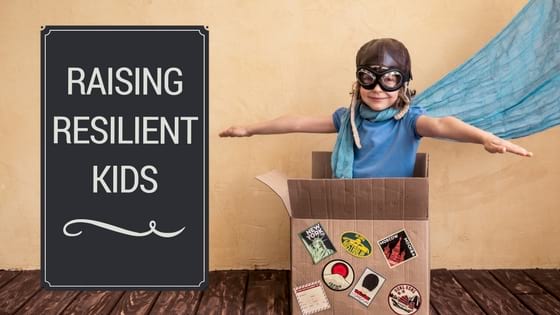
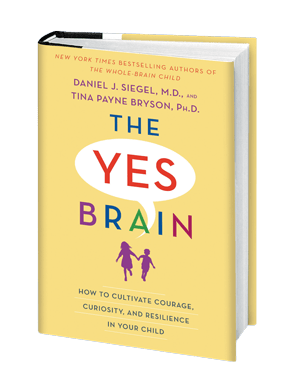

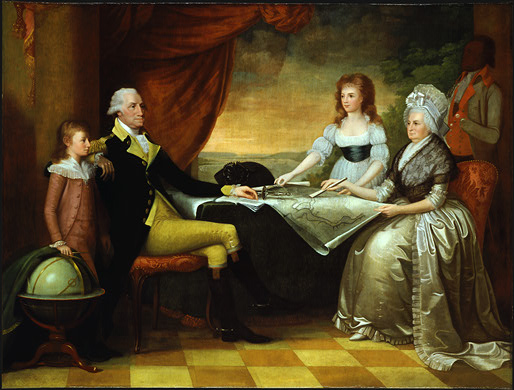
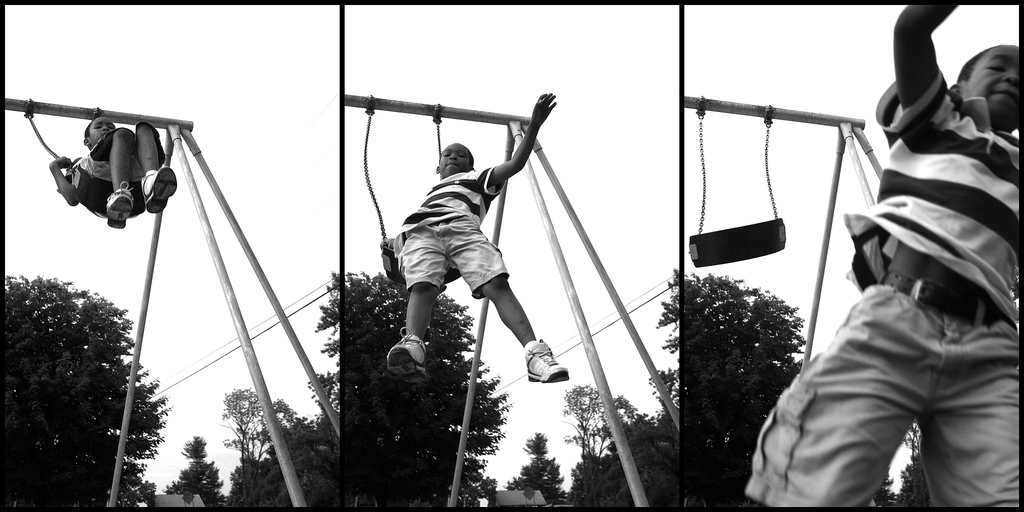

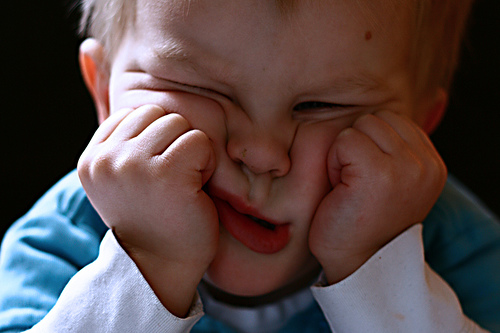
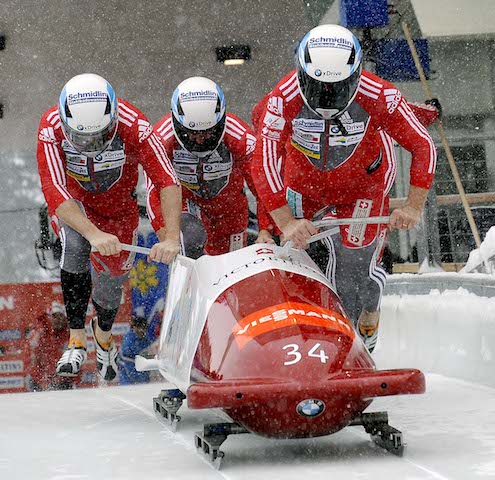


My struggle is knowing when to push my kids out of their comfort zone because they aren’t willing to try something new or push themselves in the moment. But often I know (and have seen) that when they do, they are better for it. I know the book discusses that but what can you say about that?
I like this concept and am thankful for sharing. I also have some thoughts. I think it is fair to explane why we as parents do something. So i would tell my kid why i won’t buy popcorn. He need to know is it a one time rule or not.
Thanks, Jelena. Great point! Telling our kids the “why” can be super helpful. I just would not do it when they are emotional because their logical brain is not engaged and they would not be able to understand. Instead I talk to the emotional brain and then later, when we are all calmed down and have access to our logical brain, explain to them.
Hi, Jason! I see your point. When my kids are emotional and in No brain state i still believe, that somewhere there in the deep is quiet Yes brain state and i talk to that. Just hoping to be heard. I think that hoping is crucial in parenting )))